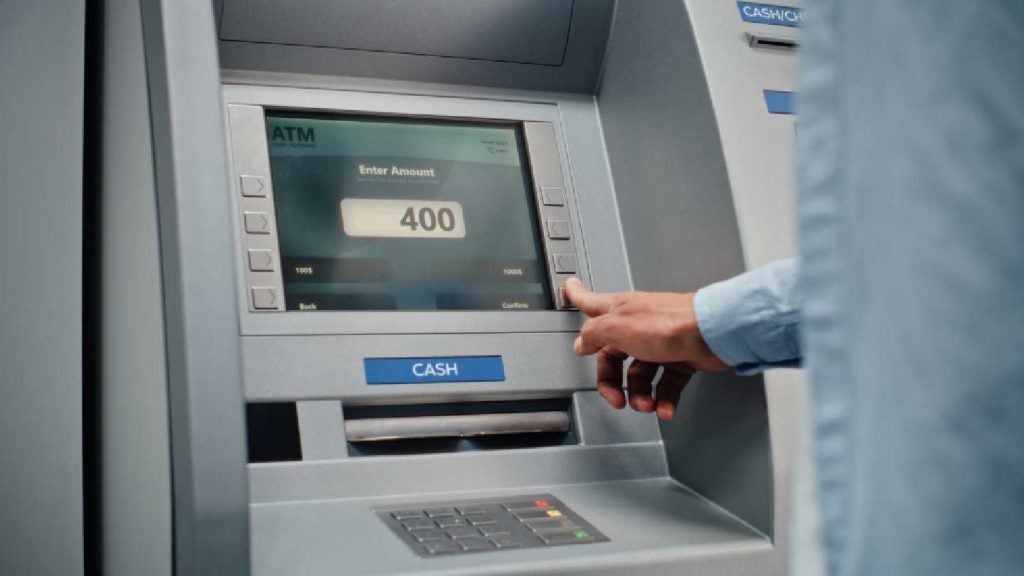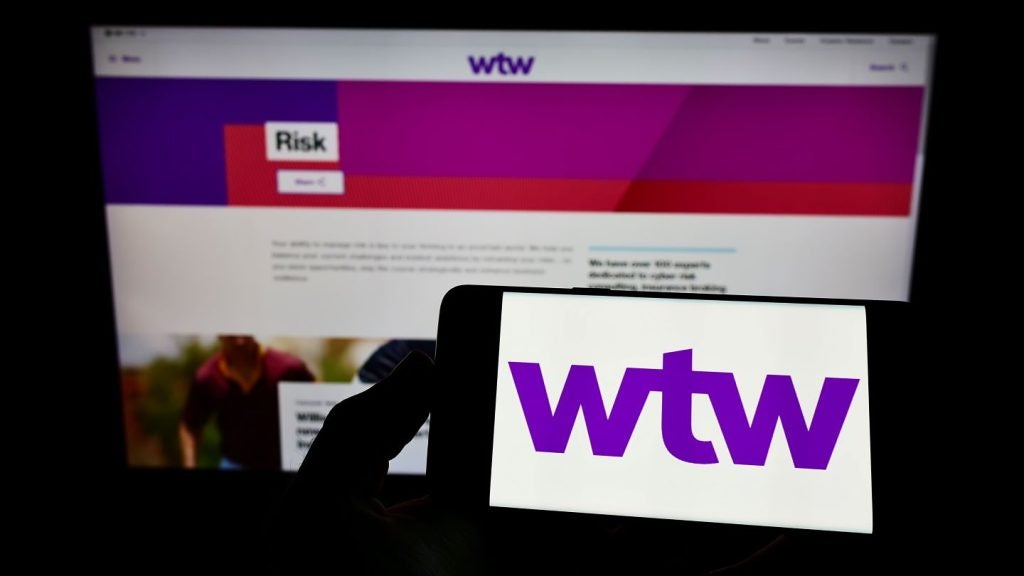Now the US banking
sector appears to be emerging from the credit and liquidity crisis,
focus shifts to the future. Most observers agree that the greatest
problems post-crisis are the significant revenue and asset-growth
headwinds that dominate the era. Charles Davis
reports.
Organic deposits clearly remain the
key to retail banking growth in the future, yet the path to growth
is littered with obstacles; the end of declining interest rates,
consumer deleveraging and increasingly active regulation.
According to the latest monthly
data from Standard & Poors (S&P), despite the recession’s
official end in June 2009, a torpid economic upturn is weighing on
balance sheet trends for US banks.
Although the weak positive growth
in total loans (on a year-over-year basis) is encouraging after 13
consecutive months of decline, the ratcheting down of growth
expectations in recent months suggests that room to increase
top-line growth should remain constrained. S&P believes it may
take at least a couple of years before loan growth exceeds GDP
growth.
“Based on the latest data, growth
is virtually non-existent,” said Rodrigo Quintanilla, a managing
director at S&P who oversees industry-wide research
efforts.

US Tariffs are shifting - will you react or anticipate?
Don’t let policy changes catch you off guard. Stay proactive with real-time data and expert analysis.
By GlobalData“On the one hand, loan demand is
muted. On the other, banks are not too keen on lending because of
higher capital requirements, either real or perceived as coming in
the near future.”
Loans-which account for 73% of
total bank assets-fell at a monthly pace of 1.2% (annualised) in
October 2010 compared with 7.1% in September but emerged to show
weak positive growth on a 52-week change basis in the last two
months, following 13 straight months of decline.
Consumer loans dropped 5.5% in
October but show positive growth compared with a year ago.
To some extent, growth in this
category likely indicates greater credit risk diversification among
banks, given the general profile of borrowers in this segment.
Deposits continued to show monthly
and year-ago gains. In October, deposits grew by 6.7% monthly,
matching their September pace. Meanwhile, the 52-week change in
deposits was 3.2%. However, the value of deposits and other free
funds has declined with interest rates at very low levels.
The availability of low-cost
deposits remains relatively stable among commercial banks, offering
an opportunity for banks to benefit from the current low interest
rates. Organic deposits are even more important when considered in
the context of higher capital standards and sluggish lending.
S&P reported the loan-to-deposit ratio declined to 86% in the
week of November 3, its lowest point since 1994.
Banks are about midway through
working out the losses in this cycle. The banking industry saw
noncurrent loans peak at 3.57% in the third quarter of 2009 and net
charge-offs at 2.7% one quarter later, but will remain hesitant to
over-commit funds while economic uncertainty persists.
On the demand side moreover, as
S&P currently foresees in its baseline economic forecast, a
stumbling economy with a hesitant consumer sector and a
cost-conscious business sector will provide little impetus for
strong growth in lending.
Although the data on deposits may
be comforting for US banks, asset growth remains a key challenge,
the report said.
A surprising number of US banks
staved off an expected compression in net interest margins during
the last earnings period, but all institutions will feel the pain
moving forward. It’s inescapable: funding costs are at historic
lows, but so are yields on low-risk securities.
It’s a classic conundrum: the
reduction in fee revenue places renewed importance on deposit
gathering, but until loan growth catches up, the margin pressure
grows.
The growth on the deposit side
races far ahead of growth on the lending side of the bank, making
the situation worse.
Sherief Meleis, a managing director
and a founder of Novantas, a Manhattan banking consultancy, said
that, while most US banks don’t really need to grow deposits as
much as they need to increase lending, core deposit growth maybe
the best route for now.
Meleis said Novantas research shows
that if a bank controls a customer’s primary checking account, the
average customer lifetime value is increased by more than $3000
over the course of that customer’s lifetime.
“We are likely to see the value
exchange around the checking product change, though, as free
checking increasingly gets tied to the level of business the
household is bringing the bank.
“Certainly there are deposits that
are more valuable to the bank than other deposits.”
The search for higher-quality deposits is likely to lead to new
checking product offers tied to transaction volume, Meleis
said.









